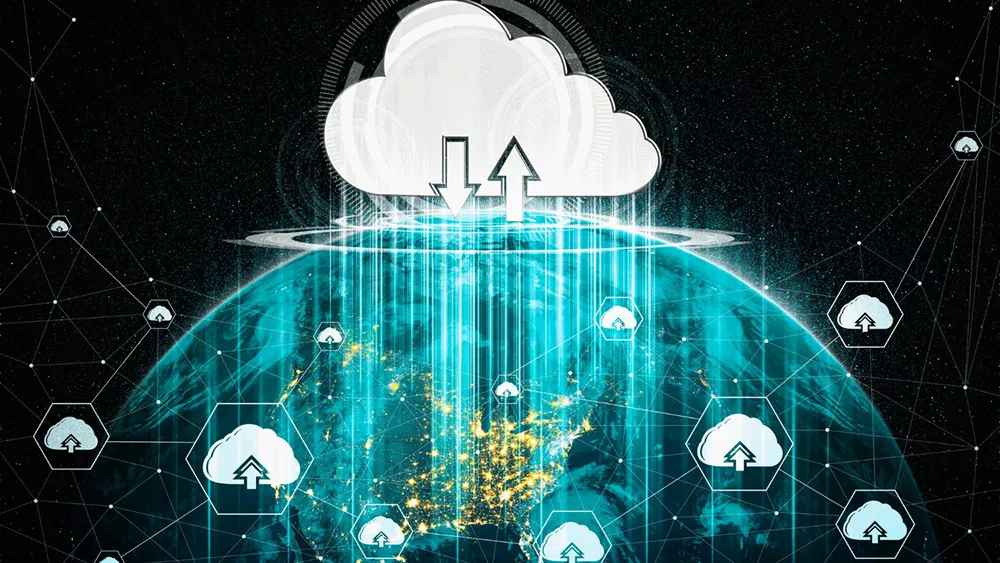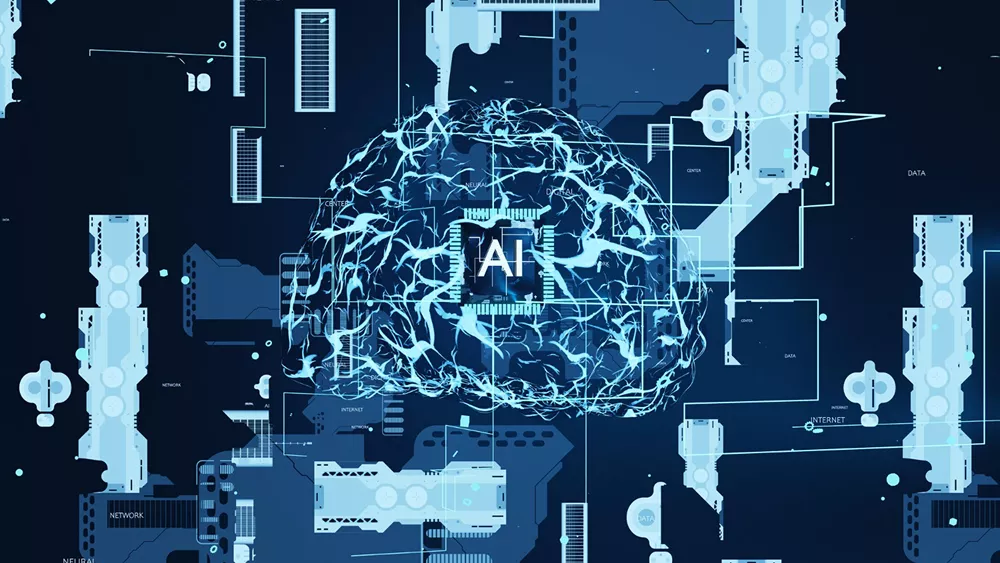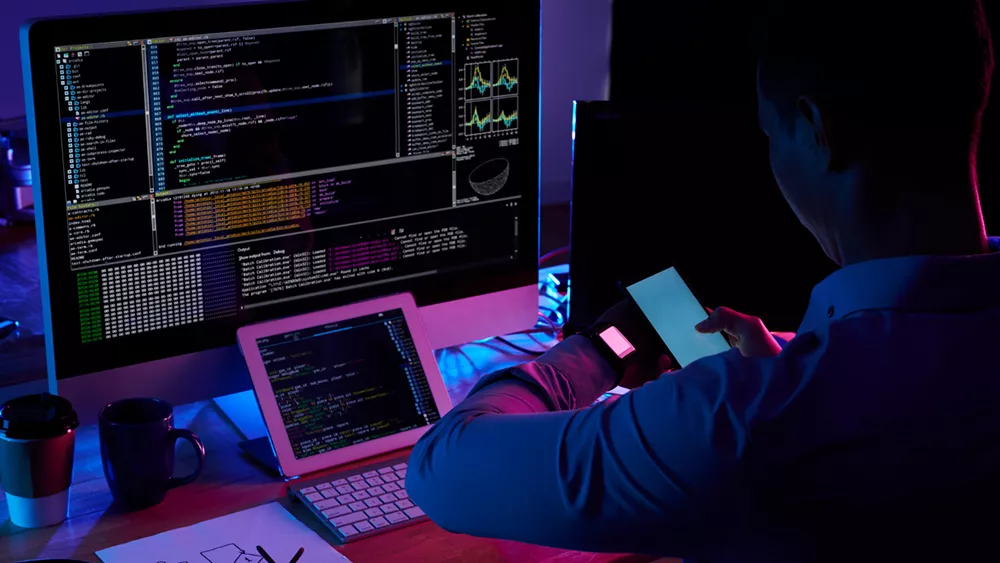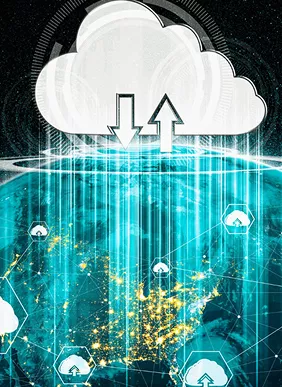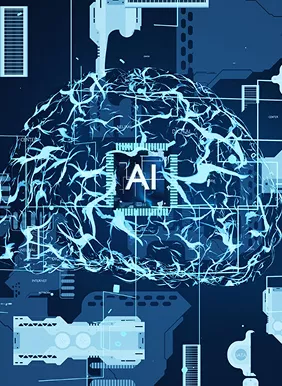Impact-Driven Results That Define High-Value Enterprise Success
Faster release cycles via automated CI/CD pipelines
uptime across multi-tenant SaaS systems
faster onboarding via scalable architectures
lower AWS costs with optimized Kubernetes
Trusted by Fortune 500 Enterprises and Leading SaaS Innovators




































How Do We Turn SaaS Roadblocks into Growth Engines?
Why Do SaaS Systems Struggle Under Modern Digital Demands?
SaaS platforms operate under increasing architectural pressure as usage grows. Rising cloud consumption, fragmented product engineering, and unpredictable release performance strain both teams and systems. Gaps in data analytics, uneven Customer Experience, and legacy components introduce friction across environments. Without cohesive digital solutions and modern frameworks, scaling becomes unsustainable.
Service Pillars Designed for Modern Enterprise Excellence
Case Studies - We Deliver Solutions at Scale
The Strategic Advantage We Bring

Your Strategic Digital Engineering Partner
Co-own outcomes through collaborative product engineering that accelerates digital transformation and drives measurable business impact.

Value First Engineering Approach
Embed AI automation into development, operations, and workflow design to enable smarter decisions, stronger customer experience, and scalable digital solutions.

Reusable Accelerators
Leverage pre-built templates, deployment blueprints, and AI-driven components to reduce complexity and speed up time-to-market across digital transformation services.

Faster delivery, lower ownership cost focused
Adopt modern DevOps and FinOps practices to ensure predictable releases, optimized cloud usage, and increased cost efficiency supported by expert cloud consulting.

Transparent Co-Build Model
Engage with embedded teams that offer full clarity and shared ownership-eliminating offshore black-box delivery and enabling seamless collaboration.
%201.svg)
Cloud & Security Maturity
Implement enterprise-grade architecture, governance, and compliance from day one, delivering secure, scalable digital solutions enhanced by data analytics and cloud best practices.
Global Industry Evolution Through Innovation
We've earned expertise across various industries and offer our customers valuable insights and beneficial solutions.
Latest Thoughts and Trends
.webp)
Together, Let’s Design a Smarter Tomorrow
Now’s your time—to lead, to disrupt, and to transform the world with ideas that inspire and ignite real change.
.avif)










.svg)






.svg)
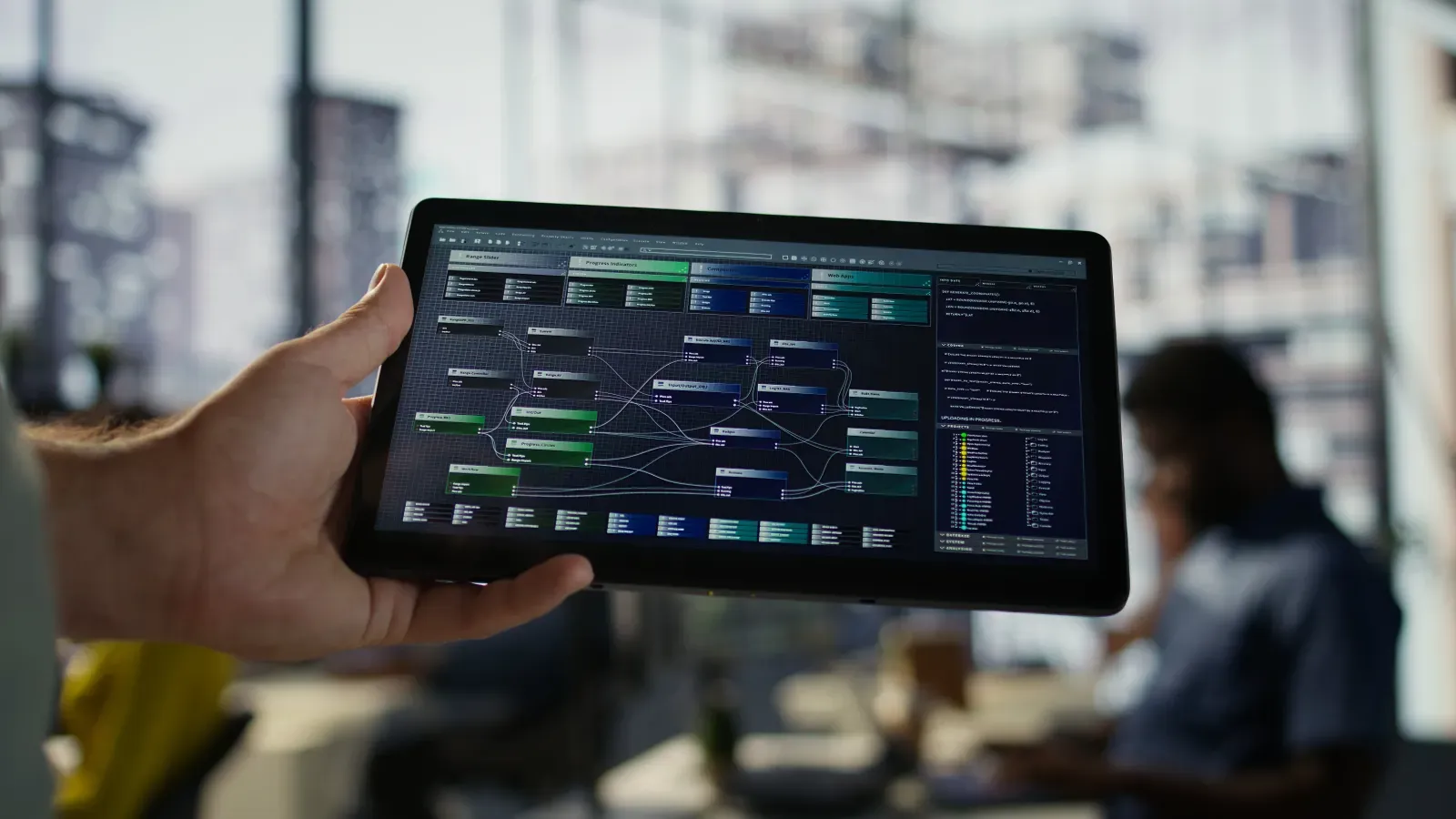
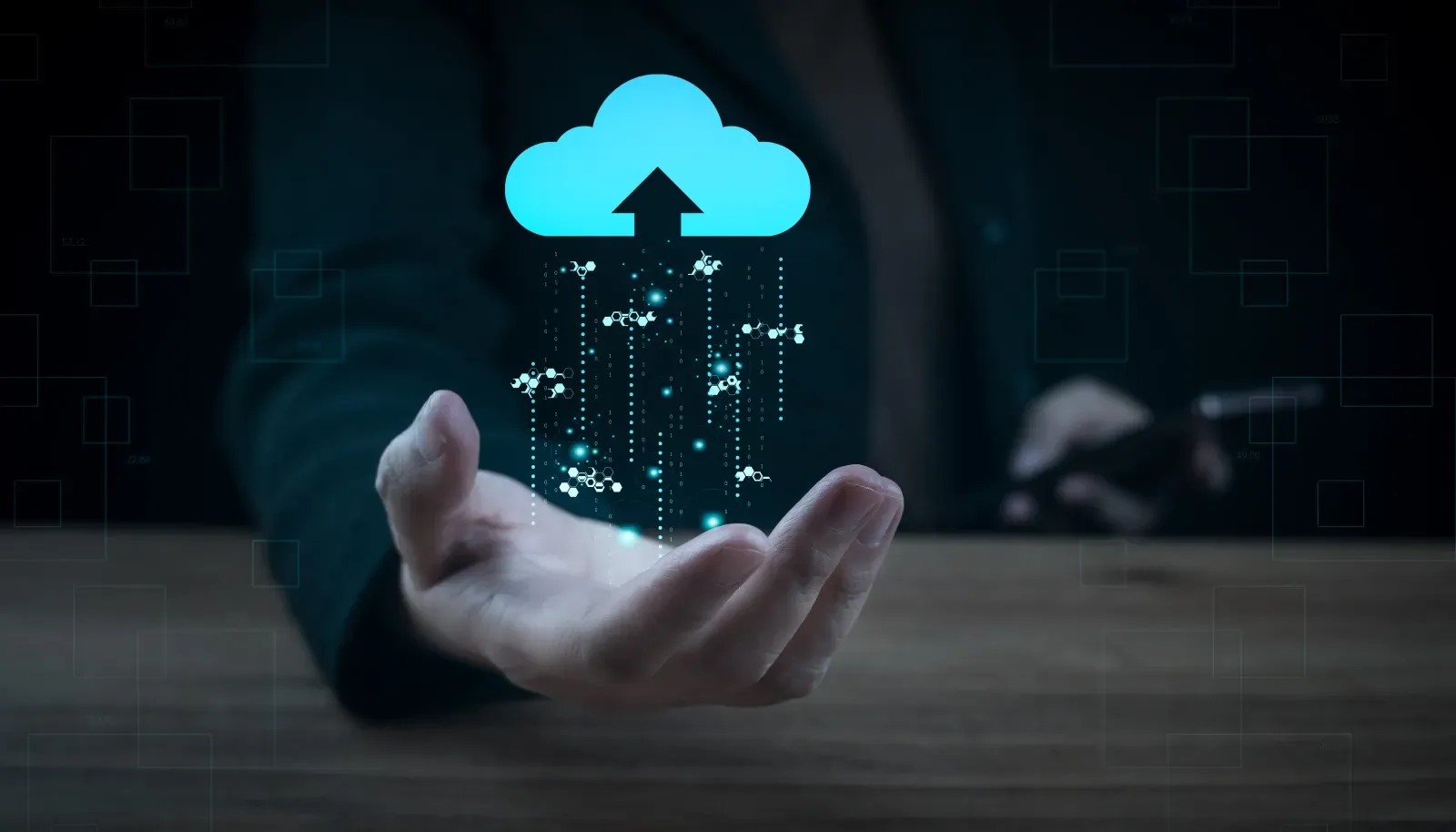

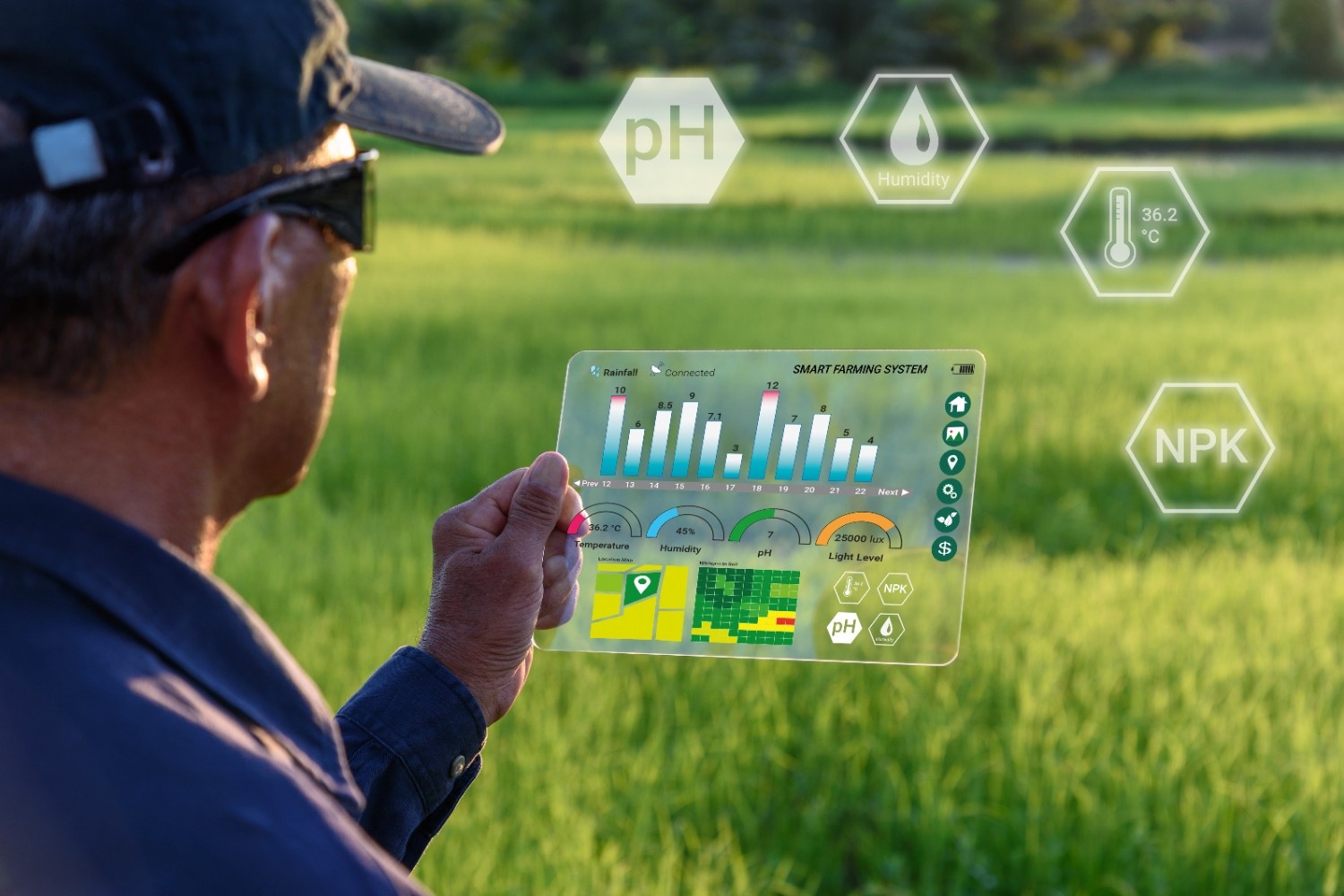
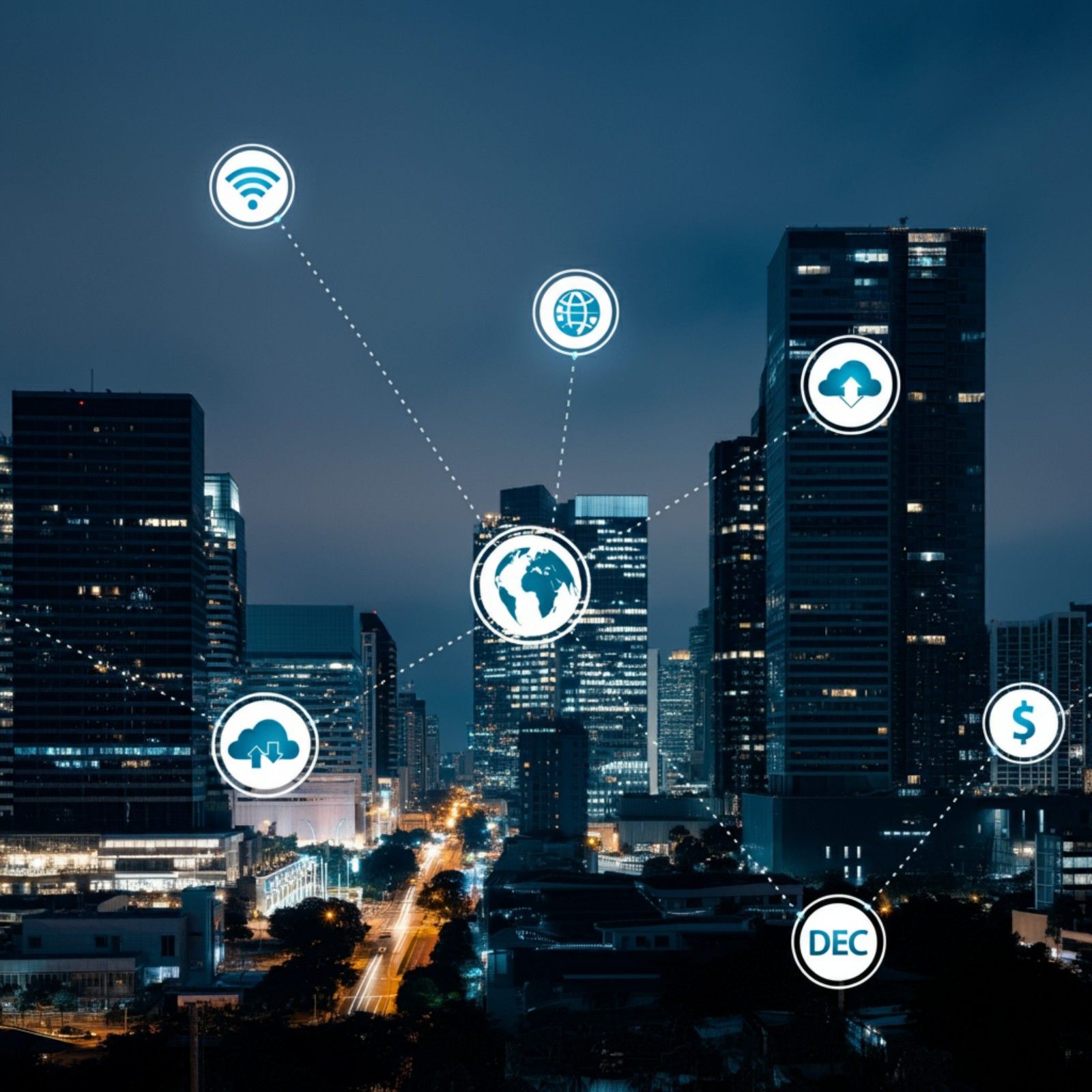



.webp)





